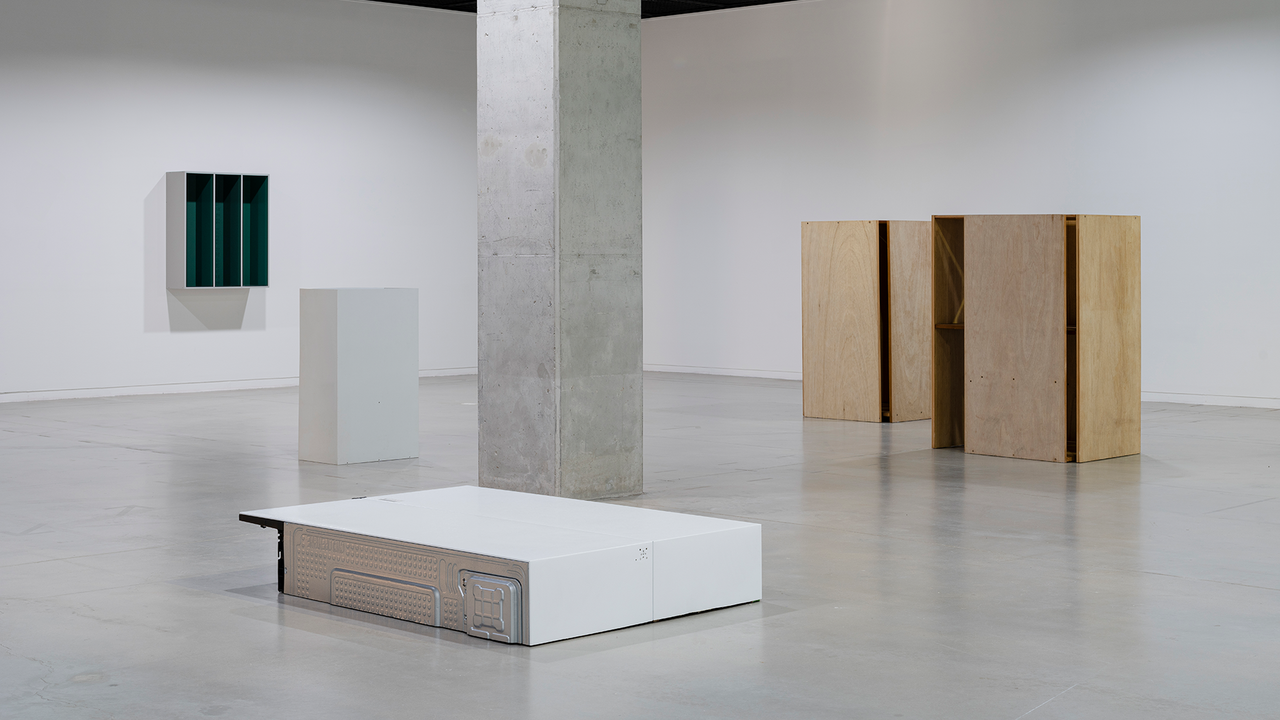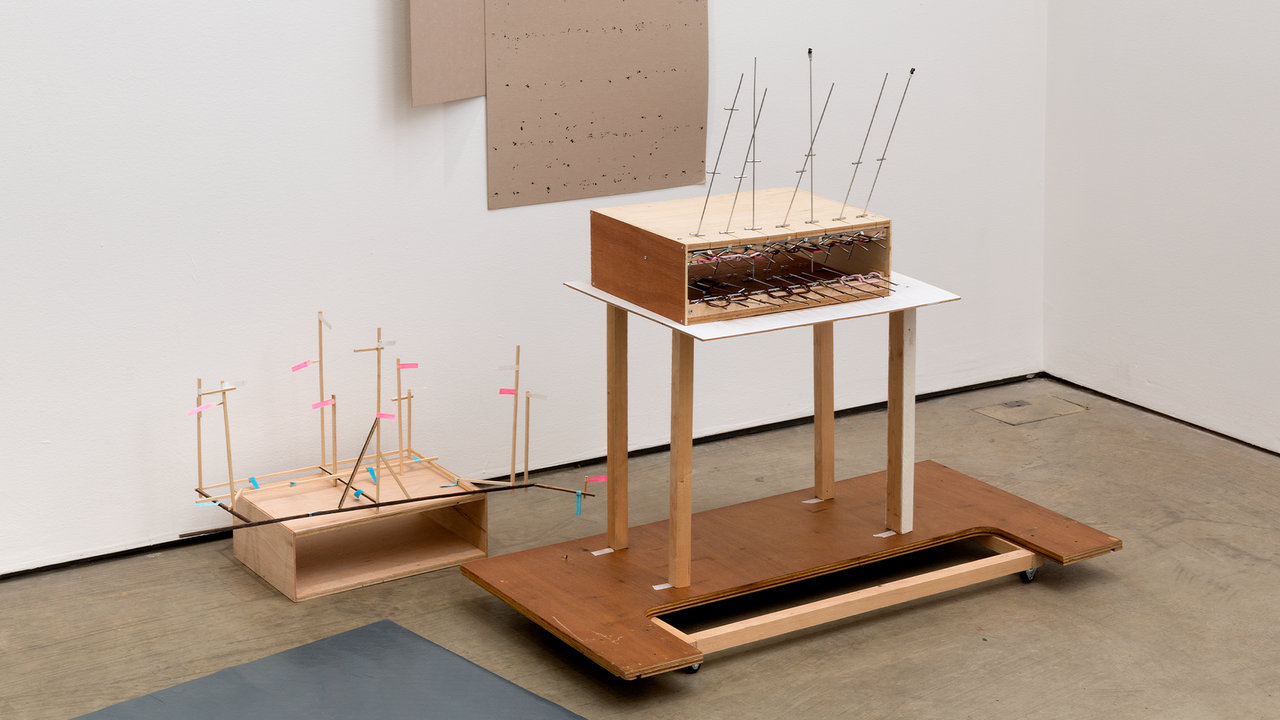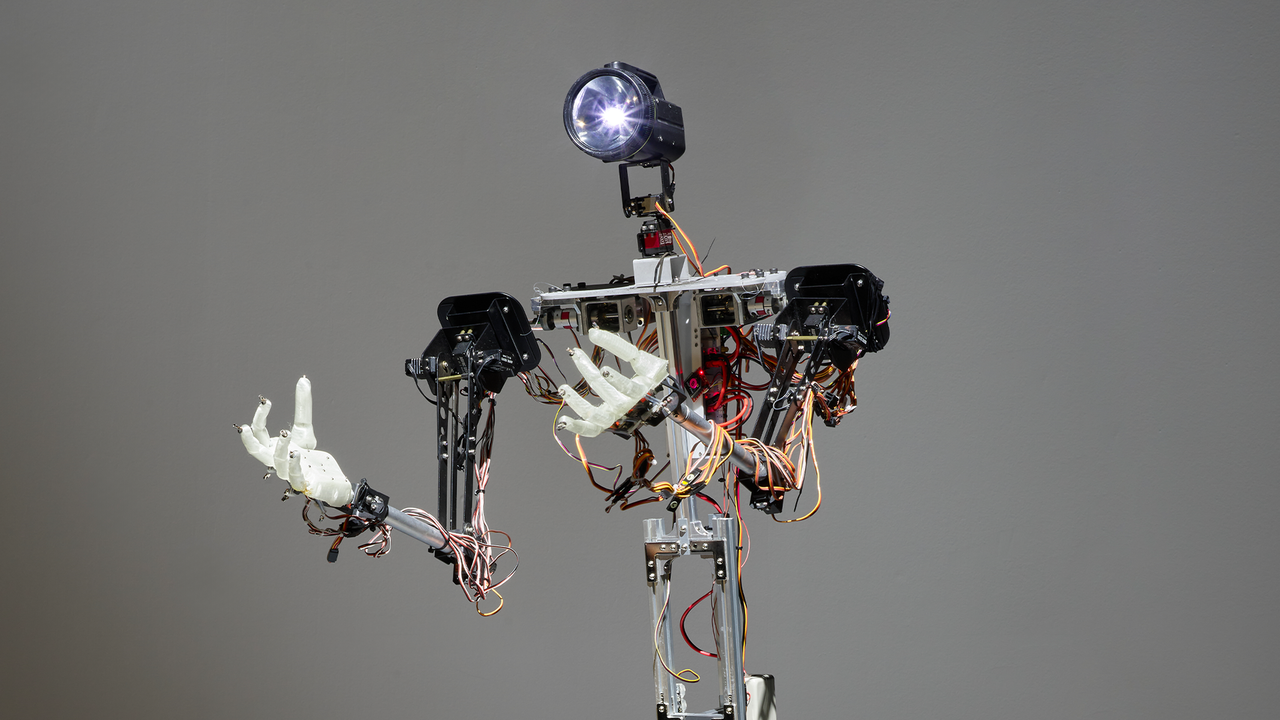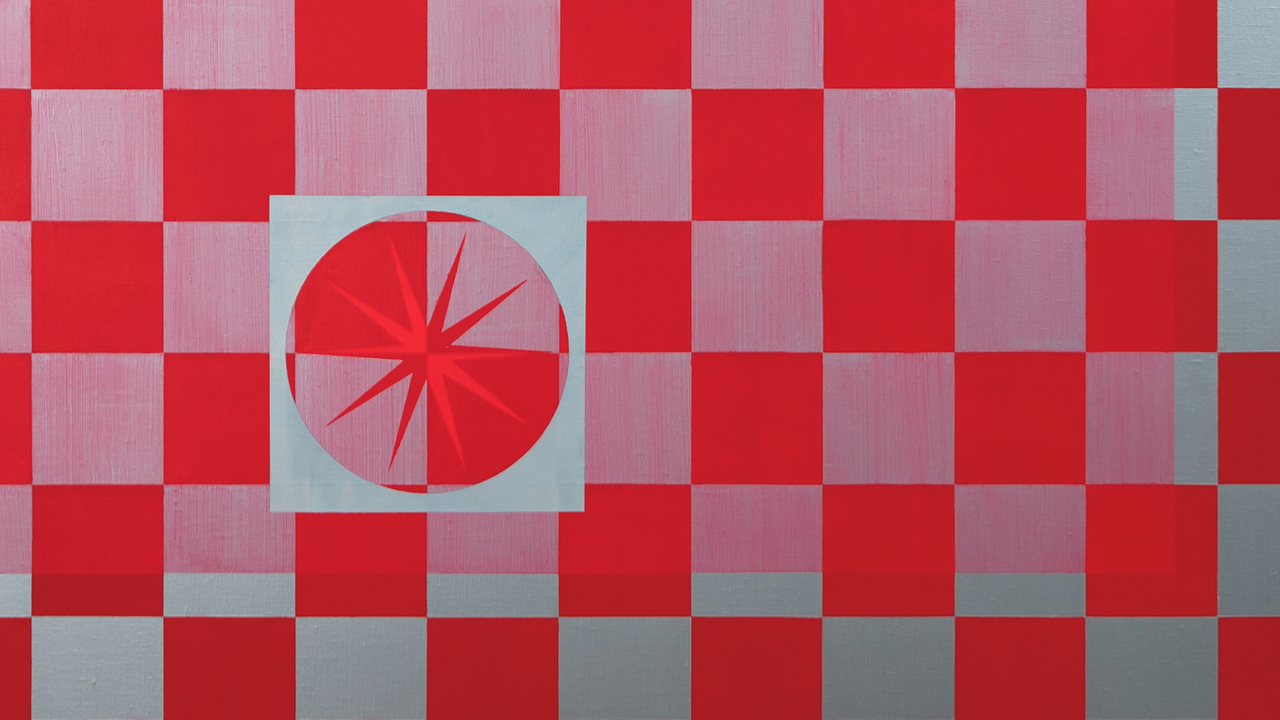I Learned Enormous Things: Hans Ulrich Obrist Remembers Marisa Merz (1931-2019)
The only woman affiliated with the Arte Povera movement resisted machines, definitions and permanence
The only woman affiliated with the Arte Povera movement resisted machines, definitions and permanence

I first met Marisa Merz in 1986, when I was 18 years old; I was travelling through Europe on the night train in order to make studio visits during the day. Calling on Marisa was a key moment in these early investigations. During the late 1960s, she was the only woman affiliated with the Turin-based group involved with the Arte Povera movement. She shared a home and a studio in Turin with her husband, the artist Mario Merz (1925–2003). It overlooked the bustling Porta Palazzo market and was crowded with drawings, sculptures and paintings; the walls were covered with small handwritten notes on paper. I was struck with how Marisa and Mario’s works blended together; as in so many of their exhibitions, it was often hard to tell them apart. Marisa would place her sculptures on Mario’s tables and each would unfold as new works, intermingling in ever-changing ways. The history of the depth of this communion of souls is yet to be written.

From the moment we met, we had the idea of working together. This opportunity finally arose when Laurence Bossé, Carolyn Christov-Bakargiev and I invited Marisa, amongst other artists, to work in the gardens of the Villa Medici in Rome for the exhibition, ‘Le Jardin’, in 2000. When Marisa and Mario arrived, having travelled by taxi from Turin to Rome, she had with her a marvellous violin sculpture made out of wax. As we were installing the violin in the garden, it started to melt in the summer sun – it was going to be an exhibition of her work that would last no longer than 15 minutes. Marisa wasn’t bothered: ‘Why would an exhibition have to last? Who made the decision that it has to last for two months?’ she asked.
This resistance to the idea that any material or encounter was forever was something she insisted upon. Nothing should ever be fixed, she explained to me – the works have to be alive. This is one of the reasons she disliked the concept of exhibitions: freezing artworks in time was not something that corresponded to their vivacity. The transformative quality of objects and materials is key to her oeuvre. Wax was ever-present because of its ability to change over time, just as it did in the gardens of the Villa.

Marisa never finished her sculptures – they were always in progress. She would constantly re-work and rename them in her studio. A resistance to linearity and hierarchical order was something she encouraged in her exhibition at the Serpentine Gallery in 2013. As many of her pieces are undated, instead of following a chronology, she wanted the exhibition to be presented in a way that would create free associations: a world in the state of becoming.
Despite meeting many times over the years, I had never succeeded in formally interviewing her. The idea of it made her nervous. When our paths crossed in Paris in 2002 – Marisa was preparing an exhibition for the Marian Goodman Gallery – we finally arranged to sit down together. Just as we were about to start, without explanation, Marisa got up, left the room and never came back.

In 2009, more than 20 years after my first visit, I returned to Marisa and Mario’s apartment in Turin and there, in the kitchen where Marisa had created so many of her pieces, we found ourselves once again talking. She finally agreed to be interviewed, and it was a fascinating experience. Stefano Cernuschi, the then-editor of Mousse magazine, and I were set to begin but as I was turning on my recorder, Marisa reacted with a resounding ‘No!’ She said: ‘I don’t trust machines. I’m so glad to see you, glad you came, but no, no, no. I’ve never lived around machines. I’m not familiar with them, they don’t interest me. Every once in a while, I try turning on the television for five minutes, but I don’t like that either.’ Luckily, Stefano knows shorthand and so we had a way of recording her words. Her beautiful summary of this exchange, as poetic as the haiku-like reflections of her handwritten notes, was: ‘The voices get lost; they have to get lost.’
Marisa often manipulated industrial materials, such as aluminium sheeting and copper wire, into ethereal knitted or folded forms. When I asked her about a few objects she had resting on a table in the corner of one of the rooms, she described them as: ‘Junk. Things that don’t have anything to say. But I hold onto them, because every once in a while, voilà! You see them, they become visible, they talk. Depending on the light and the shadows in the room, they could emerge.’

From the 1970s onwards, Marisa explored the threshold between abstraction and figuration in her mixed-media works on paper, unfired clay heads and sculptural installations. She continued to demonstrate an openness and fluidity with regard to materials and processes, playing with scale and space to produce a variety of forms. When Marisa spoke with Anne-Marie Sauzeau-Boetti in 1975 for DATA magazine, she clarified that a state of unknowing is what drove her: ‘My fantasies, all that I discover, are not what I call knowledge; for me it’s joy. In my opinion, as soon as it becomes knowledge, I lose the joy.’ This joy is key to understanding her practice and her poetic insights. To Marisa, what was important was the act that transforms an inanimate object into a living sculpture. For example, she placed the joy of encountering a rose on the same plane as a simple domestic activity. The confluence of these two things gives rise to a new understanding of gesture itself. As she said to Sauzeau-Boetti:
It’s not that roses are an element of nature for me. It’s an invention of the mind. I call them fantasies. […] It’s that I like roses because they’re beautiful: I can wash a glass with the same feeling. It would be bad news if I were to consider washing it something dull and pointless, because that would lead me to hierarchical orders. No way! They are all our gestures, one of all the possible ones done by us.
I would like to remember Marisa with the words of the 16th-century priest and mystic, San Juan de la Cruz, which she had jotted down in one of her many notes on thoughts passed or gestures made.
I came into the unknown
and stayed there unknowing,
rising beyond all science.
I did not know the door,
but when I found the way,
unknowing where I was,
I learned enormous things,
but what I felt, I cannot say,
for I remained unknowing,
rising beyond all science.
This article appeared in frieze issue 206 with the headline ‘I Learned Enormous Things’.
Main image: Portrait of Marisa Merz at Moca, Los Angeles, 1989. Courtesy: Fondazione Merz and Gladstone Gallery, New York and Brussels
























